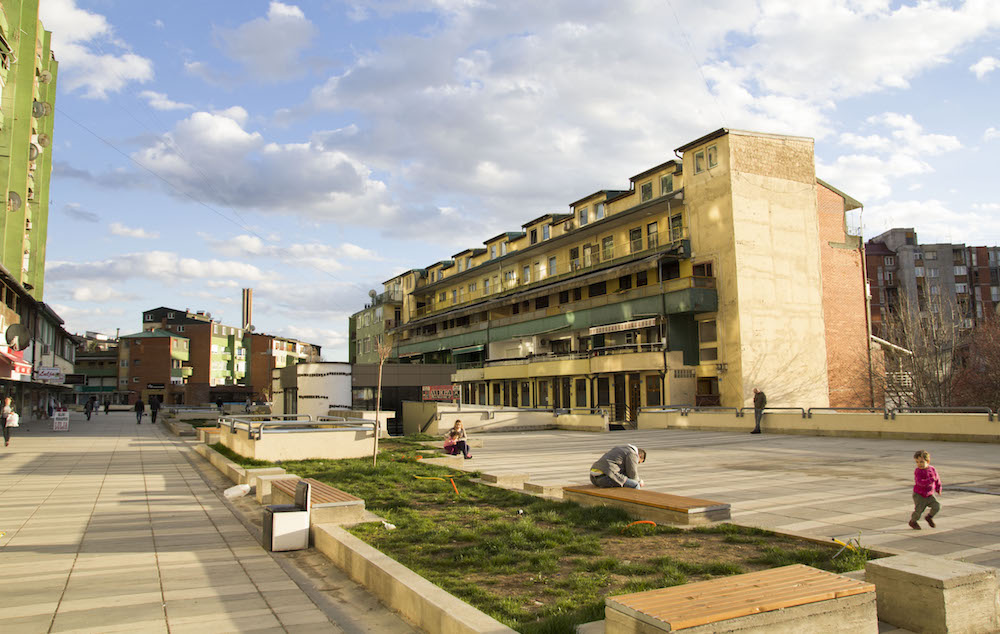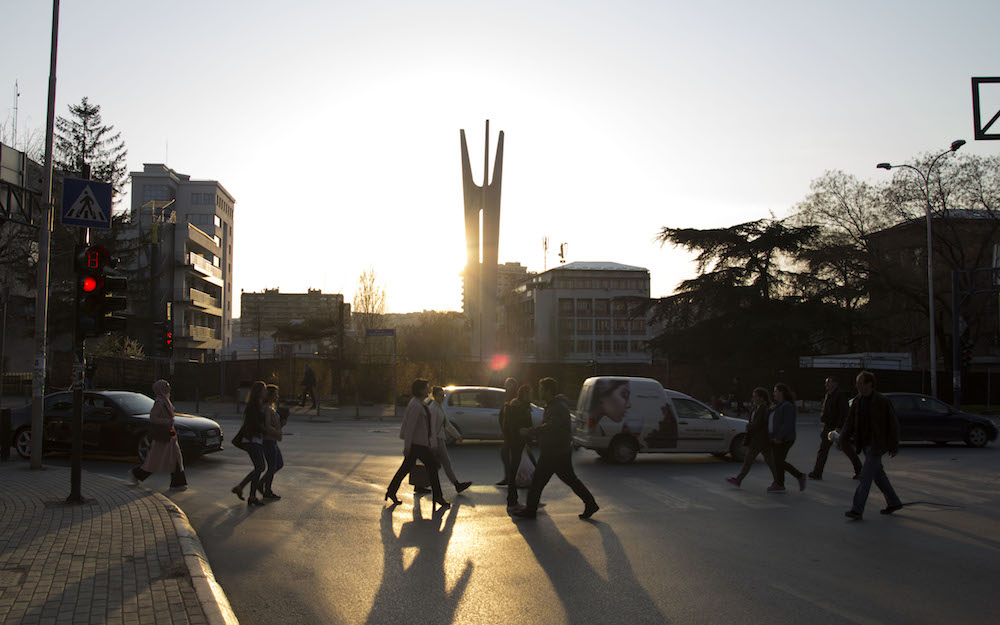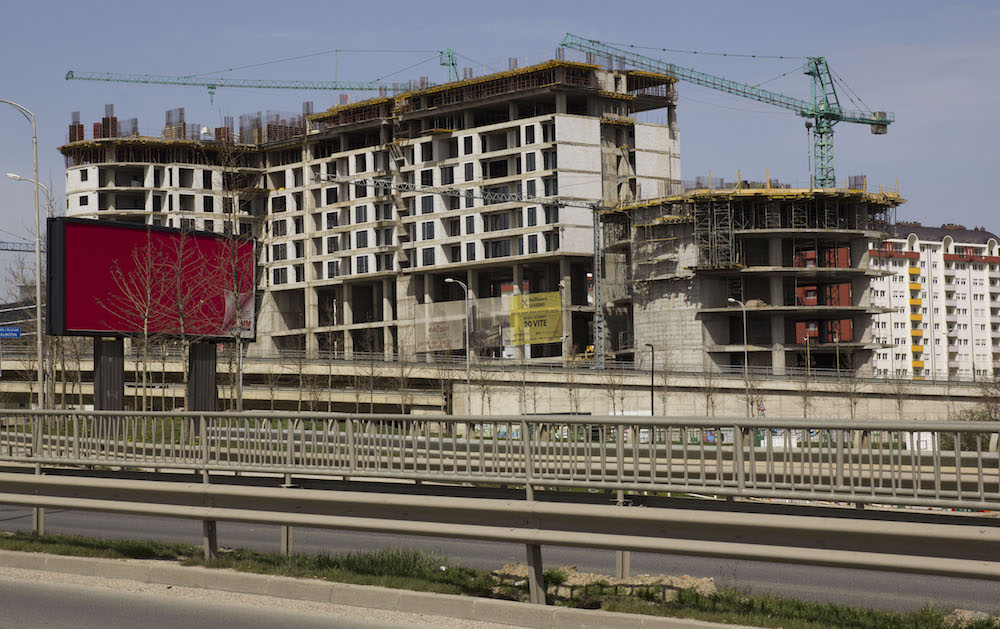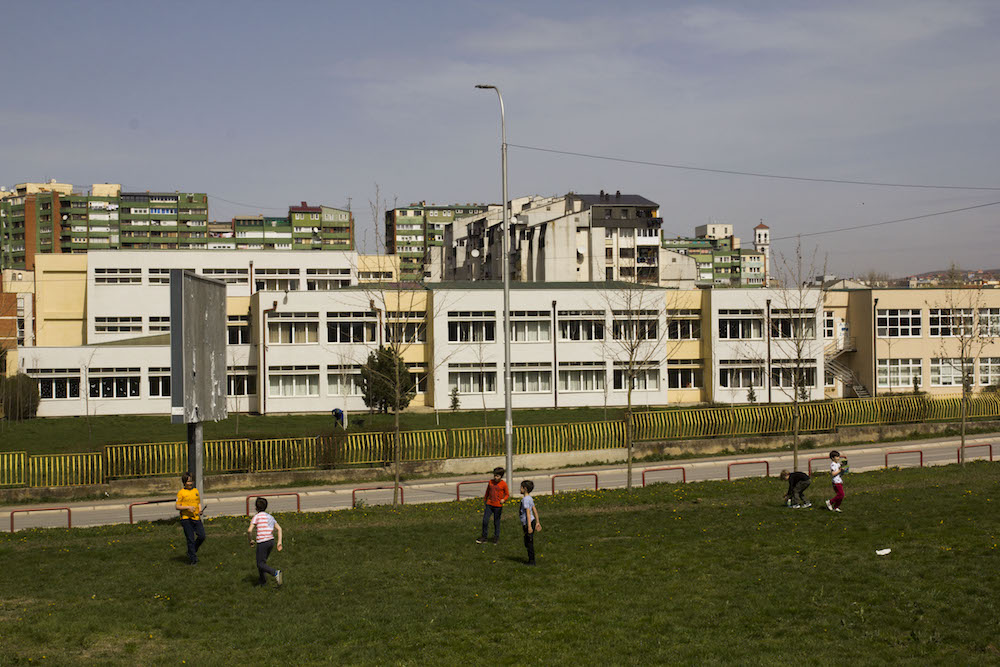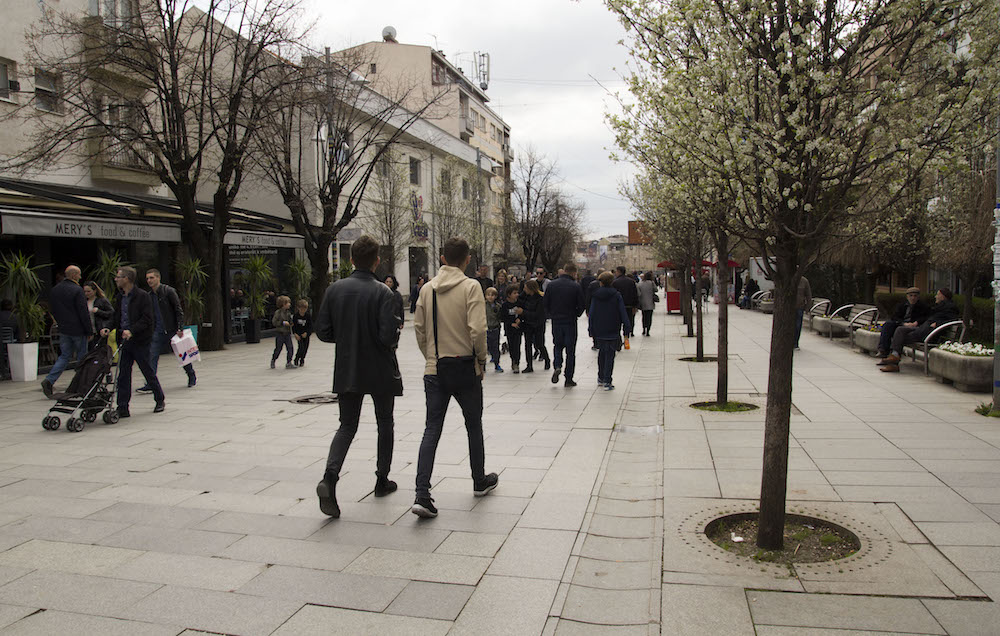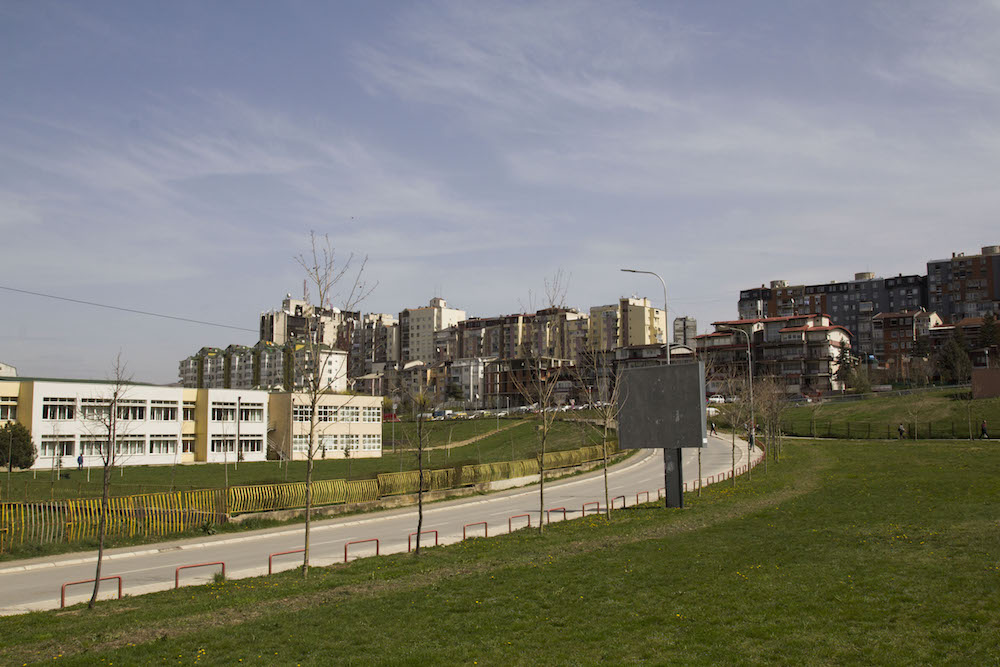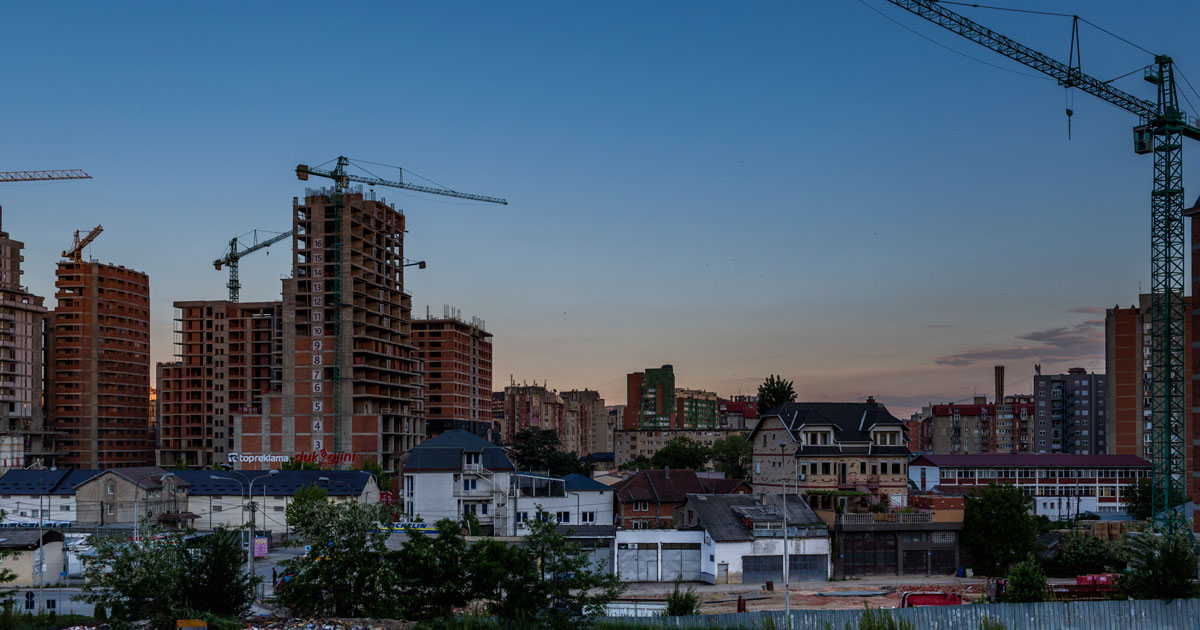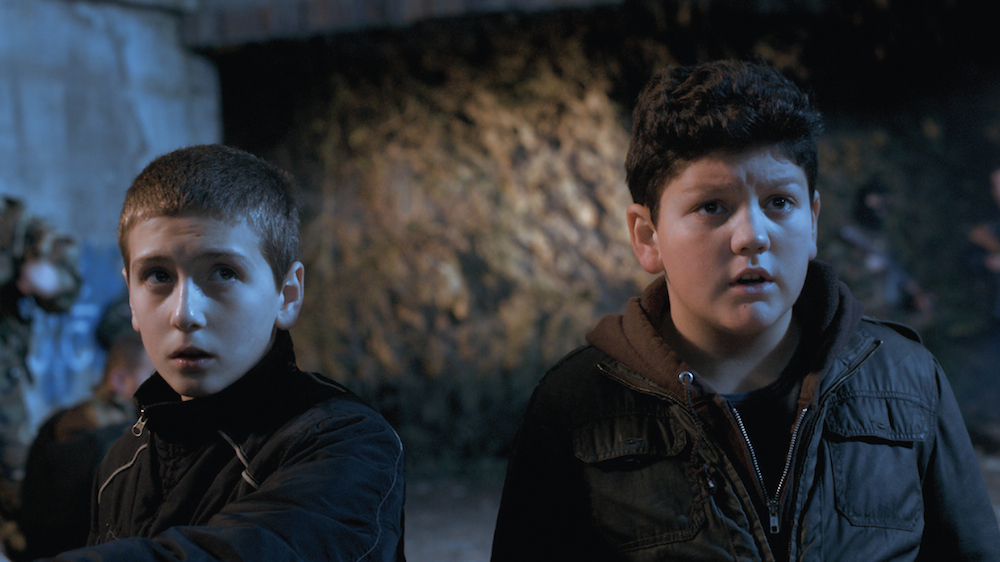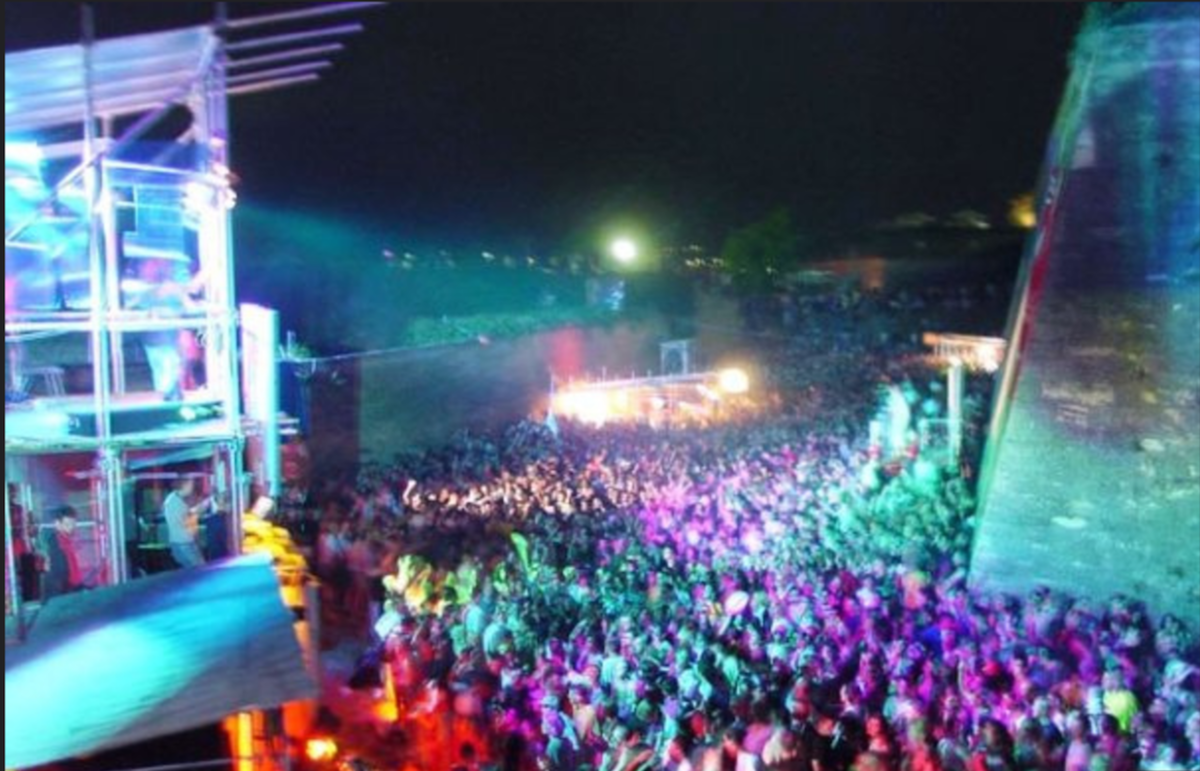Letter from Pristina: searching for identity in the capital of Europe’s newest state
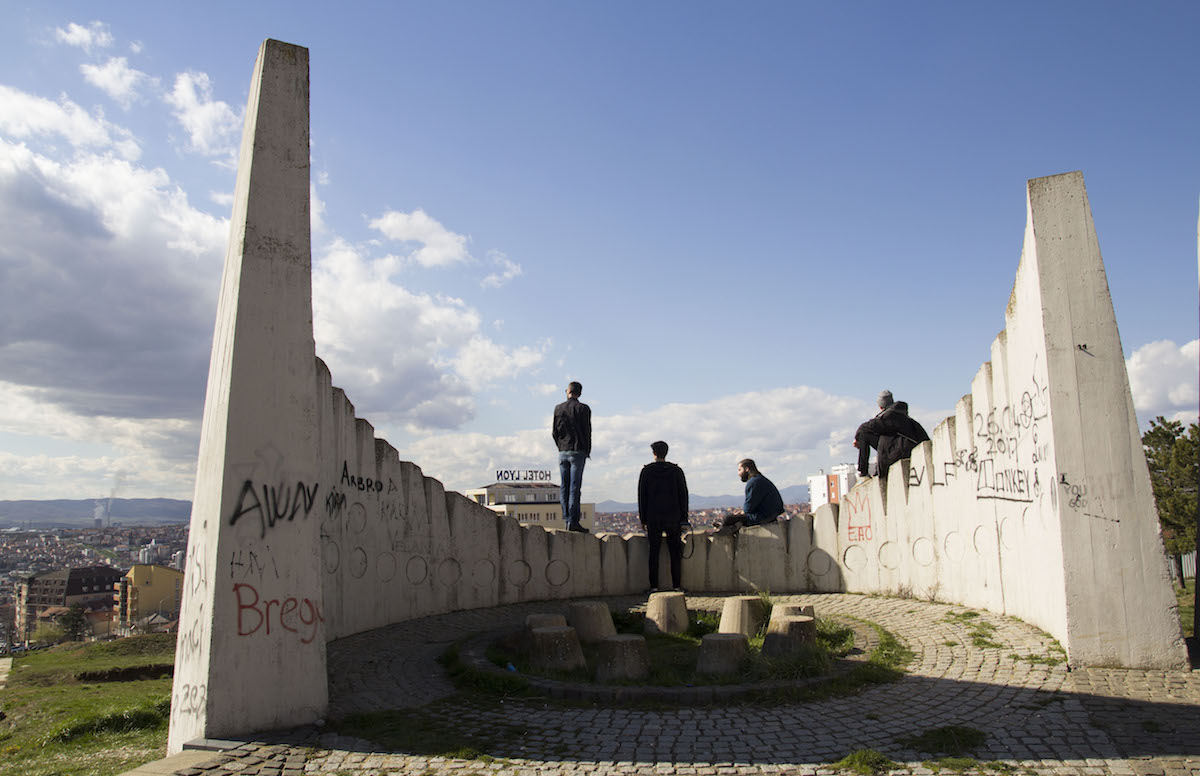
Ten years after officially declaring independence and twenty years after a bloody war, Pristina’s allure lies not in its chaotic new-builds, but in the dynamism and contrasts generated by the interaction of its turbulent past and striving to forge a new vision of itself
A friend of mine recently came up with a novel description of his feelings about Pristina. “I love that city so much,” he told me. “Which is kind of interesting, considering there is not much to see and not much to do.”
When labels get attached to the capitals of former Yugoslavia, Belgrade usually becomes “exciting”, Sarajevo “charming”, and Zagreb “boring” or “relaxing” (depending on the season). Pristina’s label is yet to be defined. It is, after all, the capital of the youngest country in Europe: Kosovo celebrated 10 years of independence in February 2018.
The roots of this political independence go back to the bloody conflict (1998-1999) that followed the break-up of Yugoslavia and pitted ethnic Serbs and Albanians against each other. After NATO bombing forced the Serbian army to withdraw, Kosovo got the status of a United Nations protectorate. But it has struggled with the image of a hostile territory: a failed, unsafe country with tanks on the roads and dark rumours about organ trafficking rings. Even today, five European Union countries do not recognise Kosovo.
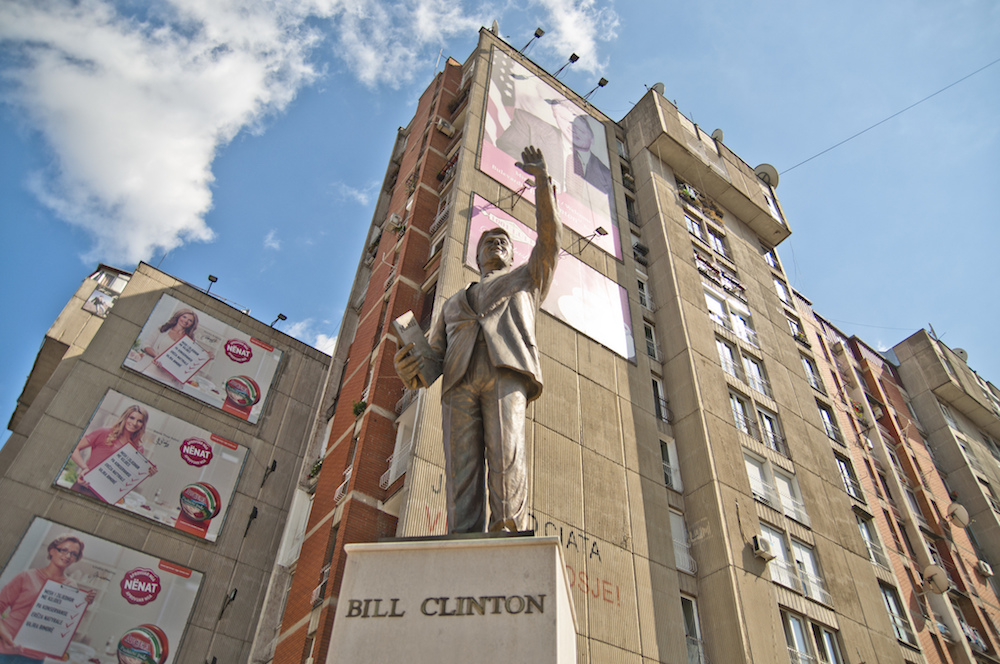
The perception of Kosovo as a war zone has gradually changed over the years. Yet, as you approach Pristina on the main road, it is hard to see anything about which the country’s biggest city can boast. All you pass are amalgams of brick and concrete, large lego blocks of buildings mixed up with new, half-finished constructions and cranes standing tall against the skyline. Grey tones dominate the landscape. Even the air feels greyish and is hard to breathe. Some 15 kilometres from Pristina, Europe’s oldest coal-fired power plant, built between 1965 and 1975, pumps hazardous levels of dust and carbon dioxide into the air.
No, the charm of Pristina is harder to spot. And to understand this charm it helps to know some of the country’s complex history at the crossroads of different cultures. The Romans and Illyrians settled here and it was an important medieval town before becoming a busy trading centre under the Ottomans. Although some of these influences can still be found today, the city is defined by modern construction. When the capital of Kosovo moved from Prizren, in the south of the country, to Pristina, in 1947, it was just a small town of 20,000 people. Much of the old centre was lost and the population doubled between 1970 and 1980 as part of transformation under the communist slogan “destroy the old to rebuild the new”.
The war in the 1990s did little physical damage to Pristina, but it changed the ethnic profile of the whole country; Kosovo is today 92% Albanian. The Serbs who remain in Pristina live mostly in nearby Gračanica, a suburb. Over the years, the city’s population has continued to grow as young people leave rural areas. Since Kosovo is one of the poorest countries in Europe (unemployment hovers at about 30%), the chances of finding work are much better in Pristina.
Strolling through the Kosovan capital, you can read the country’s turbulent past in its monuments and buildings. At the beginning of the main pedestrian road, Mother Teresa Boulevard, a large brown building that looks like an irregular shaped chocolate bar, used to be one of the most prestigious hotels in Yugoslavia. The Grand Hotel opened its doors in 1978, hosting Marshal Tito among other famous guests. This symbol of socialist hotel architecture, formerly a five star hotel, became a no-star hotel when the sign from its rooftop was taken down. It recently featured in a New York Times article, Not the worst hotel in the world, but the world is very big.
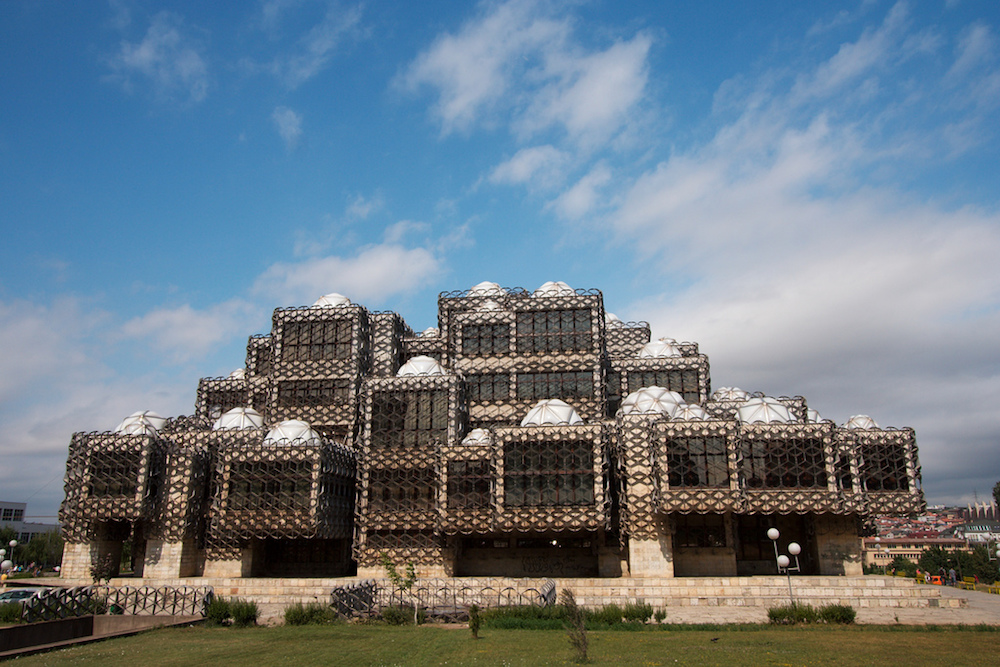
The main promenading street in Pristina is filled with people all day long. Cafés are the most favoured meeting points as a cup of delicious macchiato rarely costs more than a euro. The bars and restaurants are full in the evening when people meet for a glass of raki, local schnapps or a meal.
Nearby, you can visit the National Library of Kosovo, which often features in lists of the world’s ugliest architecture. The Croatian architect behind the project, Andrija Mutnjaković, wanted to blend Byzantine and Islamic architectural forms, bridging the differences between the Albanian and Serbian identities. Its jigsaw-like, cube-clustered surface is dotted with domes of different sizes and wrapped in metal grid. The rumour is that at the building’s 1982 inauguration, officials mistook its metal fishing net cover for scaffolding and asked when it would be removed.
It has struggled with the image of a hostile territory, a failed, unsafe country with tanks on the roads and rumours about organ trafficking
Up the hill you will find a memorial to Kosovar partisans killed in the Second World War. This neglected monument consists of concrete walls and a central square with a red metal sphere. Erected in 1961, it originally included stone medallions with the names of those who perished set into concrete, but these have been vandalized, or taken down. It is now covered with graffiti and the nearby slopes are home to the graves of fighters from the Kosovo Liberation Army (KLA), an ethnic Albanian guerrilla formation that battled Serbian forces in the 1990s.
One of the main avenues crossing the city centre bears the name of one of the country’s heroes: Bill Clinton, American president during the 1990s conflict. The United States is still seen as Kosovo’s main ally, even two decades after the NATO bombing. On the road, there is also a three metre high statue of Bill Clinton, unveiled in 2009 during a ceremony attended by the former US president himself. Posing under the raised left hand of the president has become popular with tourists taking selfies.
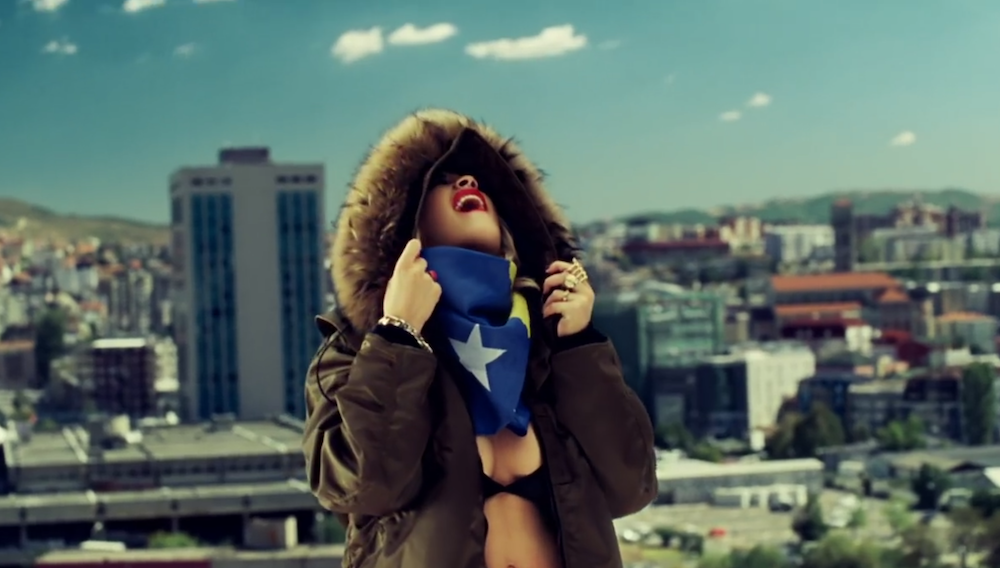
Ten years after independence, Kosovo has still to face its demons from the past: a new war crimes tribunal to judge the crimes committed by the KLA is currently being established. But the country is working on a normalisation agreement with Belgrade — an EU condition for lifting visa restrictions. Kosovo, along with Belarus, remains the only nation in Europe whose citizens can’t travel visa-free to the Schengen Zone. Among neighbouring countries, a Kosovar can only travel visa-free to Serbia, Macedonia, Albania and Montenegro. These limitations particularly impact young people — in Pristina the median age is 28. Many under-30s want to emigrate to the West. But those who stay are shaping the spirit of Pristina: they might be the secret ingredient making the country so special.
A short stroll around Pristina’s monuments could symbolically end near Bill Clinton, which is right next to the NEWBORN monument — a symbol of independent Kosovo, it consists of giant concrete letters spelling out NEWBORN. In the music video for her song Shine Ya Light, Kosovo-born pop star Rita Ora dances on top of the monument — and through Pristina’s streets. The UK-based Ora also played a concert in celebration of the country’s 10th independence anniversary. Together with British sensation, Dua Lipa, whose parents left Pristina in the 1990s, she has helped put Kosovo on the world pop map.
